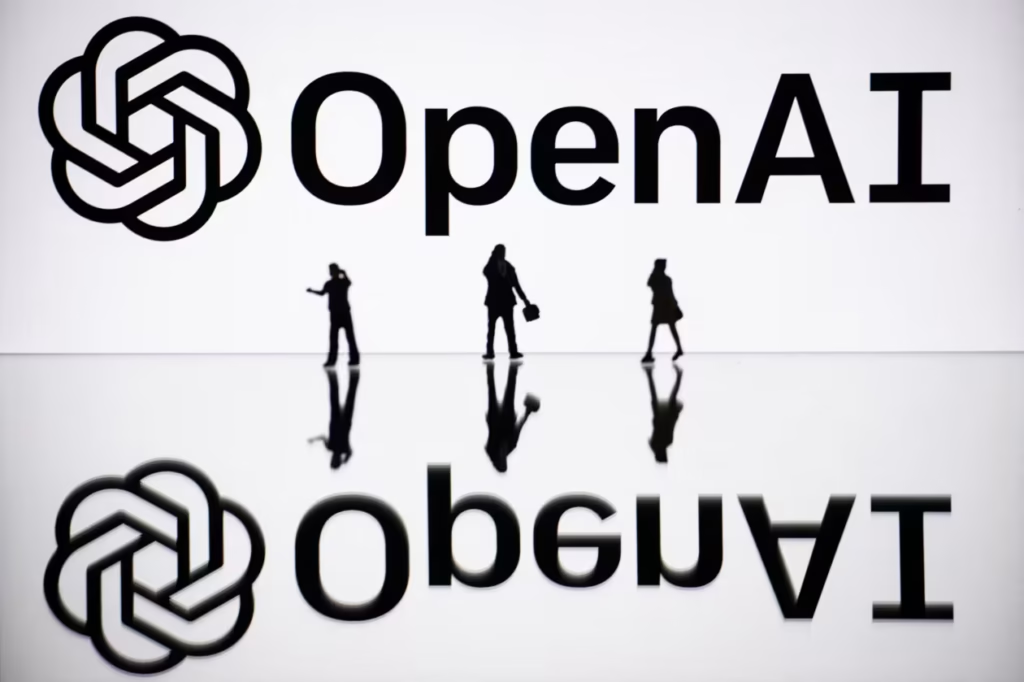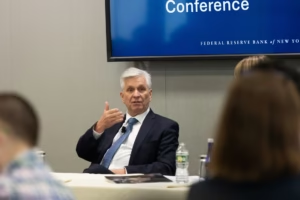Sora from OpenAI might assist the business in reaching its objective of increasing non-subscription income.
Sora, an artificial intelligence program, was released this week, marking OpenAI’s first foray into the social media space.
Morgan Stanley analyst Brian Nowak wrote in a note on Tuesday that the app, which lets users create incredibly lifelike AI video clips based on text prompts, might be a “direct competitor” to Meta Platforms Inc.’s (META) services like Facebook and Instagram, Alphabet Inc.’s (GOOG) (GOOGL) Google and YouTube, TikTok, and other social media platforms.
Given that ChatGPT is currently the most popular chatbot, OpenAI is undoubtedly skilled at developing well-liked consumer products. But breaking through Google’s and Meta’s social media hegemony won’t be simple.
By utilizing their enormous user data sets and speeding up the release of new AI capabilities, Meta and Google are aggressively attempting to protect their current market share. Over 3 billion users’ time spent on Facebook and Instagram is continuously increasing because to Meta’s AI-powered content recommendation services. Morgan Stanley reports that users spend more than 80 minutes a day on YouTube.
According to Nowak, OpenAI must “provide a substantially differentiated (and better) user experience” compared to incumbents in order to draw in millions of Sora users. With Meta releasing its own short-form AI-generated video app, Vibes, last week, the competition is intense.
According to Nowak, OpenAI’s entry into social media is a component of its broader plan to take a piece of the profitable digital advertising markets held by Big Tech corporations. Given that Google, Meta, and Amazon.com Inc. (AMZN) employ AI to maximize ad-campaign revenue, advertising has become one of the earliest sources of AI monetization.
OpenAI has a strong incentive to pursue this business model because its present revenue run rate of $13 billion is far less than its projected expenditures of nearly $1 trillion on data centers over the next several years. Ben Reitzes, an analyst at Melius Research, wrote in a note on Monday that the “only way” for OpenAI to finance its expenditures is “by having a great plan to sell ads” to the majority of its 800 million weekly active users.
According to The Information, OpenAI wants to diversify its sources of income in order to generate about $80 billion in non-consumer subscription revenue by 2030. Nowak thinks digital advertising via search and social media channels will probably account for the majority of that.
ChatGPT Pulse, a new mobile tool from OpenAI, was introduced last week. It proactively examines users’ chat histories to deliver daily updates on pertinent subjects. According to Reitzes, this highly customized canvas can be prime real estate for sponsored material and advertisements.
According to Nowak, Google and Meta have established strong moats around their distribution channels and consumer engagement data, whereas Pulse and Sora may pose a threat to established ad networks. Through its commercial search operation, Google has access to vast amounts of inventory and shopper data, and Meta has more than 10 million advertisers worldwide.
“And that of peers continues to widen,” Nowak said, referring to the separation between Google and Meta’s dominant digital ad companies. Although OpenAI’s capacity to scale ChatGPT is impressive, it will be more harder to become a leading social media platform.





